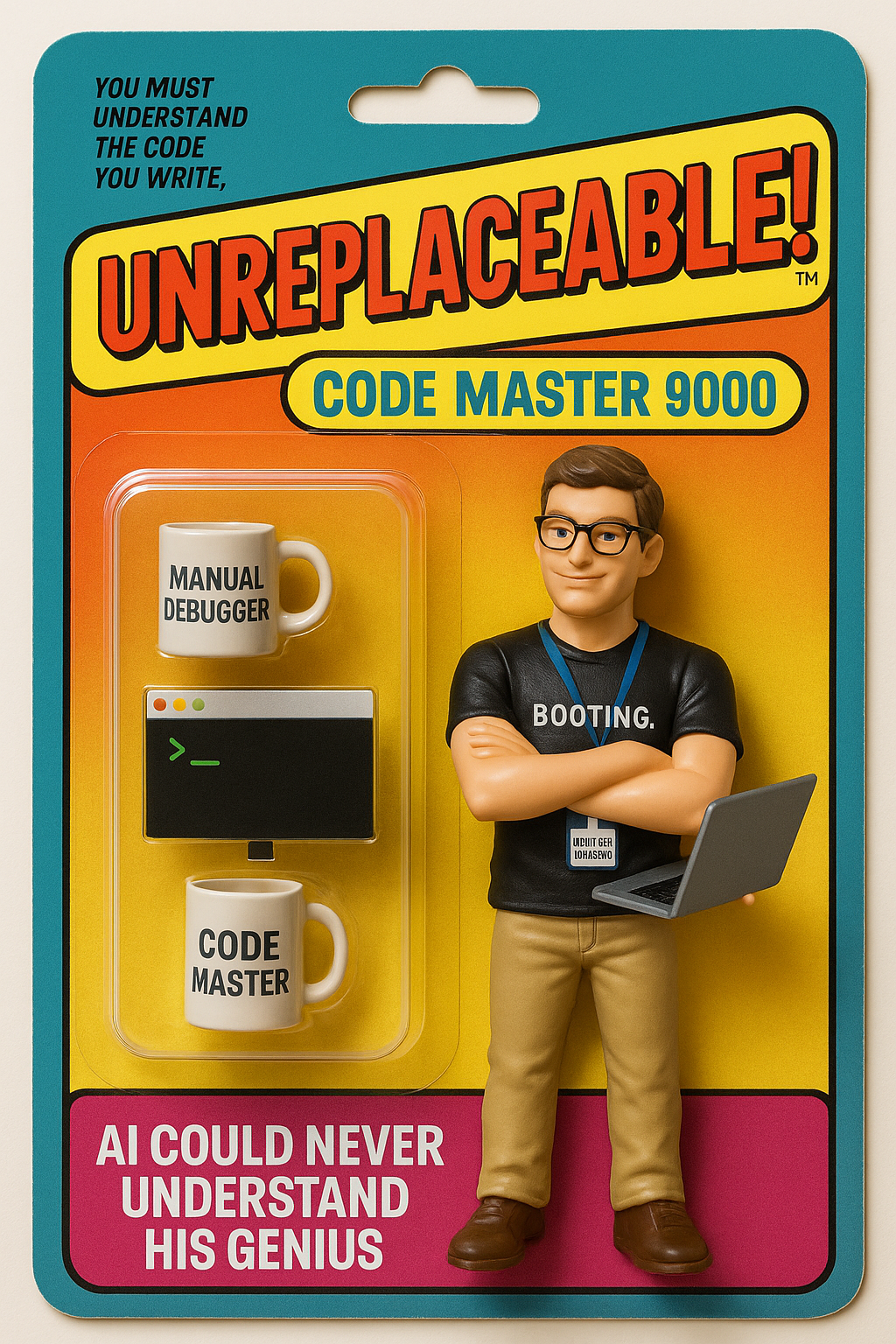As tech leaders often times we face a unique set of challenges that, if not carefully managed, can lead to burnout. This issue is compounded by the frequent disconnect between technology departments and executive leadership, where the complexities of software development are often underestimated, and the critical role of technology officers in strategic decision-making is overlooked.
The Core Challenges:
- Complexity Underestimation: CEOs and non-tech leaders may not fully grasp the intricate, layered nature of software development, leading to unrealistic expectations and timelines.
- Exclusion from Strategic Leadership: CTOs and tech leaders are sometimes sidelined in broader business strategy discussions, limiting their ability to align technology initiatives with business goals.
- Constant Onslaught of Demands: The tech industry’s fast-paced nature means tech leaders are often juggling multiple high-stakes projects, leading to long hours and high stress.
- Rapid Technological Advancements: Keeping pace with the latest technologies, while ensuring team skills are up-to-date, can be overwhelming.
Strategies for Tech Leaders to Minimize Burnout:
- Educate and Communicate: Bridge the gap with non-tech leadership by demystifying technology processes, challenges, and timelines. Regular, transparent communication can foster a better understanding and set realistic expectations.
- Seek Strategic Inclusion: Advocate for a seat at the strategic table. Ensuring that technology strategy is integral to business planning can align efforts, reduce friction, and enhance organizational success.
- Delegate and Empower: Build a strong leadership team within the tech department to share the load. Empowering team members not only alleviates your burden but also boosts team morale and engagement.
- Implement Structured Prioritization: Utilize frameworks like the Eisenhower Matrix or Agile methodologies to prioritize tasks effectively, focusing on what truly moves the needle.
- Foster a Culture of Wellness: Promote work-life balance within your team. Encourage taking breaks, setting boundaries, and adopting flexible work arrangements where feasible.
- Invest in Continuous Learning: Create opportunities for your team to stay abreast of new technologies and methodologies, which can also invigorate their passion and creativity.
Tools and Practices for a Healthy Tech Product Management Relationship:
- Agile Frameworks: Adopt Agile or Scrum methodologies to improve flexibility, responsiveness, and collaboration between tech and product teams.
- Regular Sync-ups: Establish regular check-ins between tech leaders and product management to ensure alignment on priorities, resources, and timelines.
- OKRs (Objectives and Key Results): Implement OKRs to set clear, measurable goals that align tech efforts with broader business objectives.
- Technology Roadmaps: Develop and share technology roadmaps with stakeholders to visualize the strategic direction, upcoming projects, and innovation initiatives.
- Feedback Loops: Create mechanisms for continuous feedback from team members and stakeholders to identify bottlenecks, celebrate wins, and adjust strategies as needed.
- Wellness and Resilience Programs: Offer programs that support mental health, stress management, and resilience building for tech leaders and their teams.
By addressing these challenges head-on and adopting strategic, proactive measures, tech leaders can not only avoid burnout but also position themselves as pivotal drivers of organizational success. Cultivating a healthy, collaborative culture between tech and product management is not just beneficial for the tech department—it’s a boon for the entire organization, paving the way for innovation, efficiency, and sustained growth.



